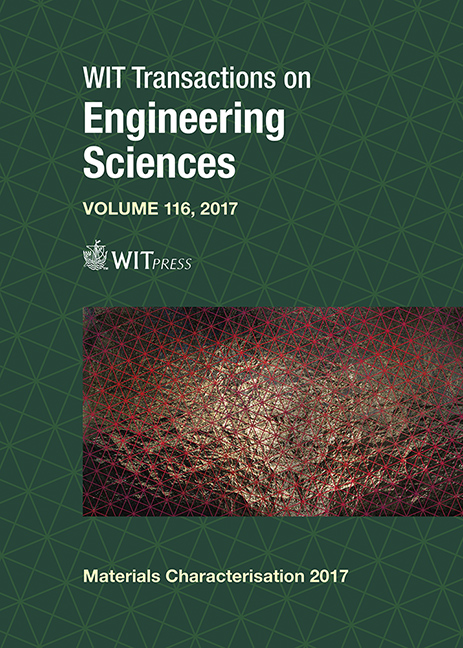STRUCTURAL MODIFICATION OF CELLULOSE NANOCOMPOSITES BY STRETCHING
Price
Free (open access)
Transaction
Volume
116
Pages
6
Page Range
251 - 256
Published
2017
Size
512 kb
Paper DOI
10.2495/MC170251
Copyright
WIT Press
Author(s)
HITOSHI TAKAGI, ANTONIO N. NAKAGAITO, YUYA SAKAGUCHI
Abstract
Recently cellulose nanofibers and their nanocomposites have attracted researchers’ interest, because the mechanical performances of the cellulose nanofiber are high enough to use as reinforcement in polymer nanocomposites; for example, tensile strength is 2–3 GPa. However actual mechanical properties of polymer nanocomposites (i.e. green nanocomposites) reinforced by the cellulose nanofiber are much lower than expected. There are several reasons for the poor mechanical properties; such as fiber orientation and matrix/fiber bonding. In this study, we intended to improve the mechanical properties of polymer nanocomposites by controlling the orientation of cellulose nanofiber. The fiber orientation control of the cellulose nanofiber was conducted by applying multiple mechanical stretching treatments. In order to get higher stretching strain, we used polyvinyl alcohol gel as a matrix polymer. The effectiveness of the fiber alignment control has been demonstrated by tensile tests, namely the tensile strength and Young’s modulus of the cellulose nanofiber-reinforced nanocomposites after stretching treatments were increased as compared with those of the untreated nanocomposites.
Keywords
cellulose, nanofiber, green composites, stretching, fiber orientation





